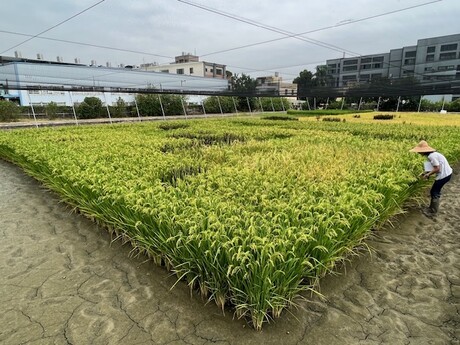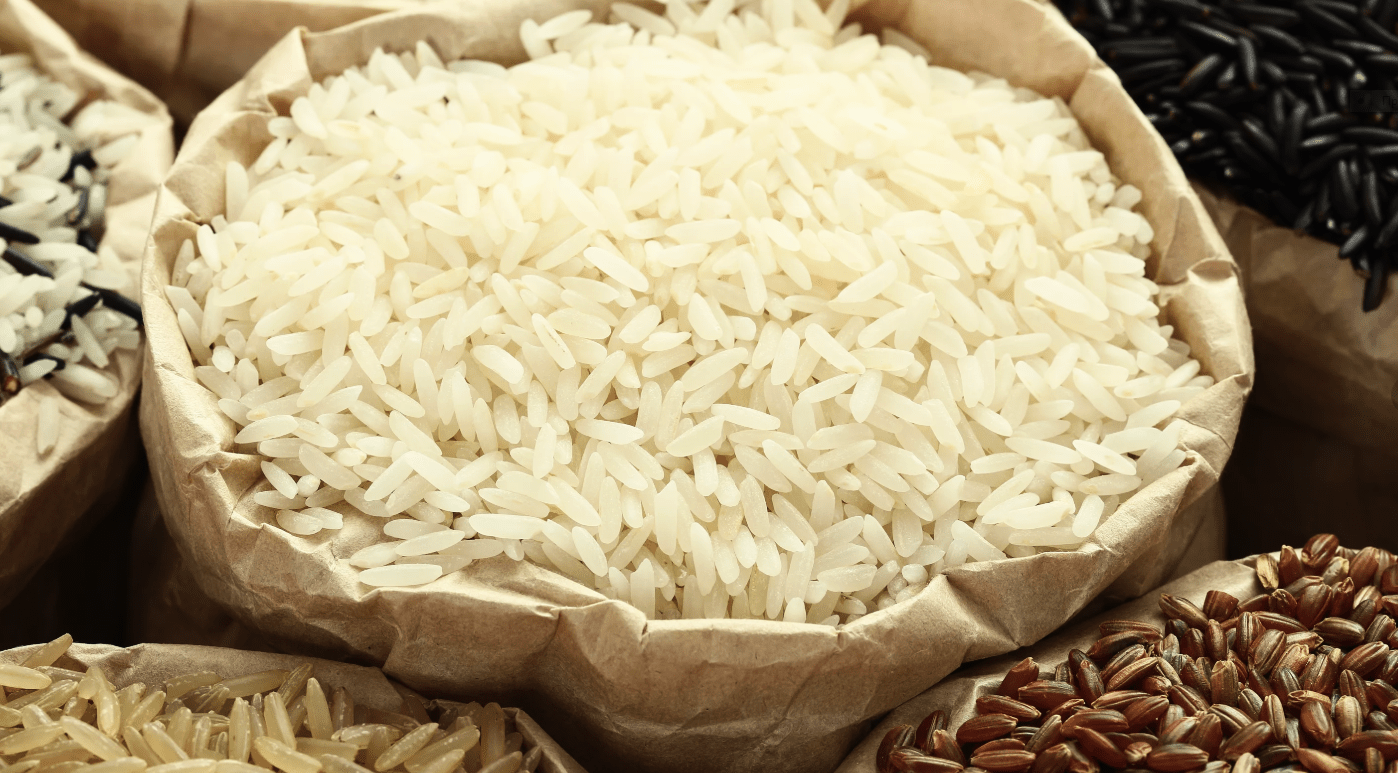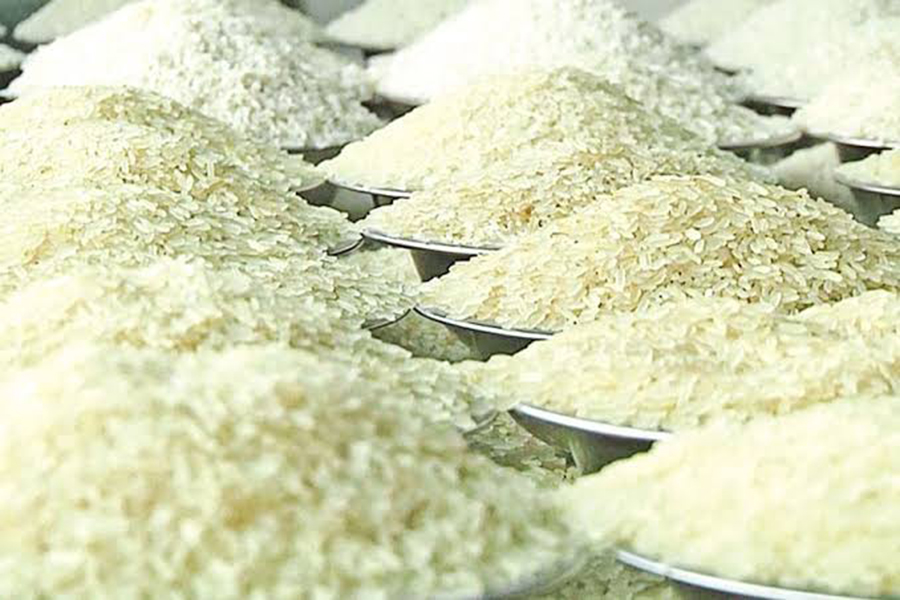Tags
Biofortified rice to combat vitamin B1 deficiency

Researchers at the University of Geneva (UNIGE), in collaboration with ETH Zurich and Taiwan’s National Chung Hsing University (NCHU), have achieved a significant advance in the fight against vitamin B1 deficiency, frequently associated with a rice-based diet. Their results, published in the Plant Biotechnology Journal, could help solve a major public health problem in regions where rice is the staple food.
Most vitamins cannot be produced by the human body and must be supplied by a varied diet — but in populations where cereals such as rice are the main or even the only food source, deficiencies are common. This is particularly true of vitamin B1 (thiamine), a deficiency of which causes numerous nervous and cardiovascular diseases.
Rice is the staple crop for half the world’s population, particularly in the tropical countries of Asia, South America and Africa. Rice grains are low in vitamin B1, and processing steps such as polishing (ie, removing the bran by grating the peripheral layers) reduce it even further, taking 90% with them. This practice thus further aggravates chronic deficiencies.
The laboratory of Teresa Fitzpatrick, Full Professor in the Department of Plant Sciences at UNIGE, specialises in vitamin biosynthesis and degradation pathways in plants. Her group, in collaboration with ETH Zurich and NCHU, focused on improving vitamin B1 content in the endosperm of rice — the nourishing tissue that makes up the bulk of the seed.
“Previous attempts at biofortification by other teams had succeeded in increasing the vitamin B1 content of the leaves and bran — the outer layer of rice grains — but not that of the ready-to-eat rice grain,” Fitzpatrick said. “In our study, we specifically targeted the increase in vitamin B1 content in the endosperm.”
The scientists generated rice lines that express a gene that sequesters vitamin B1 in a controlled manner in the endosperm tissues. After growing in glasshouses, harvesting and polishing the rice grains, they found that the vitamin B1 content was increased in rice grains from these lines. The lines were then seeded in an experimental field in Taiwan and grown for several years.
From an agronomic point of view, the characteristics analysed were the same for both modified and unmodified rice plants — plant height, number of stems per plant, grain weight and fertility were all comparable. But the level of vitamin B1 in rice grains, after the polishing stage, was increased by three- to fourfold in the modified lines. This modification therefore enables vitamin B1 accumulation without impacting yield.
“Most studies of this type are carried out with glasshouse grown crops,” said Wilhelm Gruissem, Professor Emeritus at ETH Zurich and Distinguished Chair Professor and Yushan Fellow at NCHU. “The fact that we have been able to grow our lines under real field conditions, [and] that the expression of the modified gene is stable over time without any of the agronomic characteristics being affected, is very promising.”
A 300-gram bowl of rice from this crop provides around a third of the recommended daily intake of vitamin B1 for an adult. The next step will be to pursue this approach in commercial varieties; however, regulatory steps relating to biofortification by genetic engineering will have to be taken before these plants could be cultivated.
https://www.labonline.com.au/content/research-development/news/biofortified-rice-to-combat-vitamin-b1-deficiency-638914865Published Date: May 8, 2024






